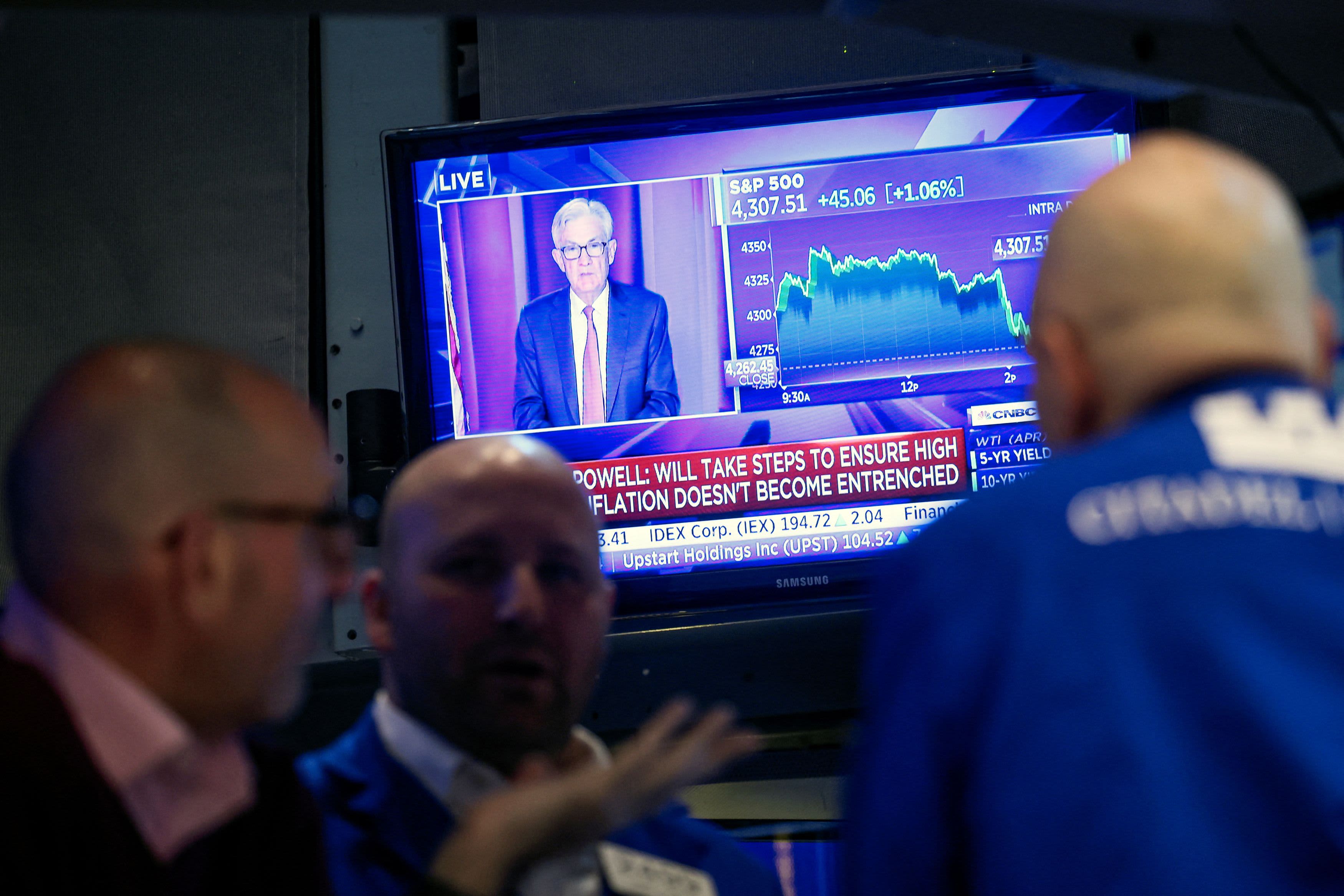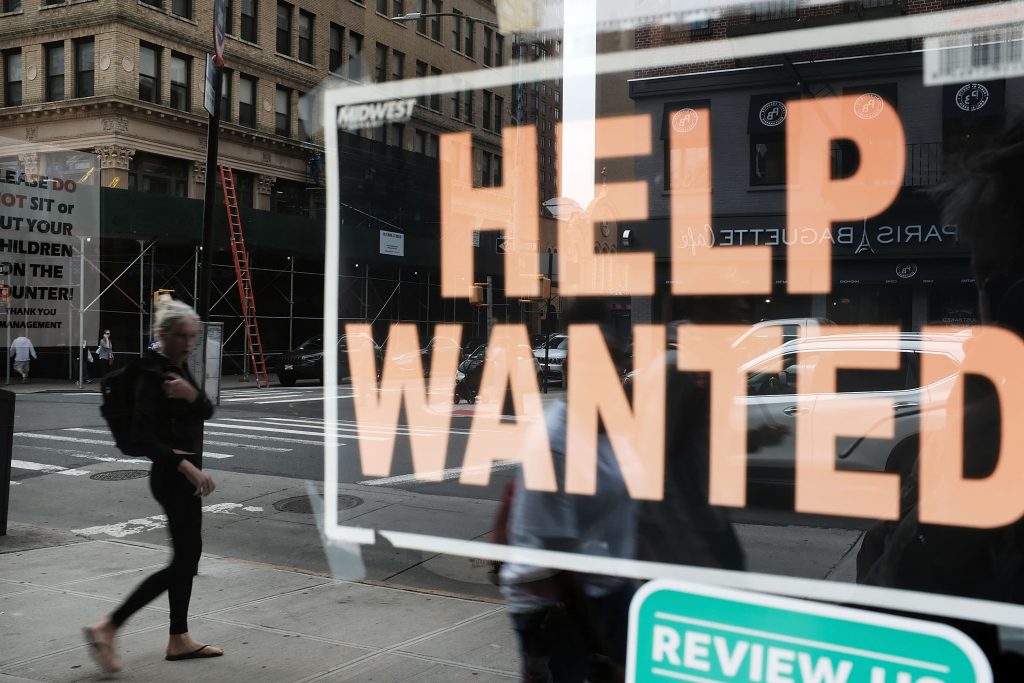
U.S. stock futures fell Thursday morning, following back-to-back days of sharp gains, as investors digested the latest news out of Ukraine.
Futures tied to the Dow Jones Industrial Average dropped 142 points, or about 0.4%. S&P 500 and Nasdaq 100 futures slid 0.4% and 0.6% respectively.
The Kremlin poured cold water over reports that indicated progress in peace talks between Russia and Ukraine, according to Bloomberg News.
On Wednesday, the Financial Time reported that both countries had made “significant progress” on a peace plan and Russian withdrawal from Ukraine. That FT report helped stocks rally for a second day Wednesday.
“The two-day rally in the S&P 500 has lifted the index by 4.4%, illustrating how rapidly markets can turn if investor perception of geopolitical risks change,” Mark Haefele, chief investment officer at UBS Global Wealth Management. “It also reinforces our view that simply selling risk assets is not the best response to the war in Ukraine.”
Travel stocks were lower across the board premarket. Several major airlines including United, American and Jet Blue lost more than 2%. Cruise lines and booking site operators fell more than 1%.
Chinese stocks also slid in the premarket after rallying, some by more than 40%, in the previous session after China after China signaled support for overseas listings. DiDi Global and Baidu fell more than 4% while Tencent Music Entertainment lost 6%.
Wall Street was also digesting the latest moves from the Federal Reserve. The Fed hiked its benchmark interest rate for the first time since 2018 and signaled six more hikes this year, spurring a relief rally in stocks.
The Fed also significantly raised its projections for rate hikes and inflation in 2022, but investors appear to have taken those aggressive changes as proof the central bank was taking the rise in prices seriously.
“The dot plot shows they’re behind the curve, and we all know they’re behind the curve, and they’re trying to fix it,” said Stephanie Link, chief investment strategist and portfolio manager at Hightower Advisors. “At least they’re telling the market ‘we’re trying to fix it.'”
Jeffrey Gundlach, CEO of DoubleLine Capital, said on “Closing Bell: Overtime” that he expected markets to rally between now and the next Fed meeting in May after selling off sharply to start the year. He pointed to recent high readings on the Cboe Volatility Index, often called Wall Street’s fear gauge, as a sign that the selling had gone far enough, at least in the near term.
“When the VIX gets above 35, I don’t care how bad the tape looks, I don’t care how bad the geopolitics look, you’re supposed to get more bullish, not more bearish. And you get an oversold bounce,” Gundlach said.
The Labor Department reported Thursday that the number of jobless claims filed last week totaled 214,000, which was better than the Dow Jones estimate of 220,000 and a decline from 15,000 in the previous week.
On Wednesday, the Dow rose 518.76 points, or 1.55%, for its first three-day winning streak in more than a month. It was also the Dow’s second straight day gaining more than 500 points. The S&P 500 gained 2.24%, while the Nasdaq Composite jumped 3.77%.

